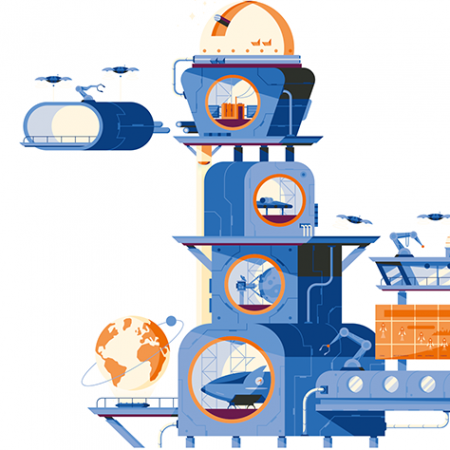The scientific world never stands still, whether it is called to action to provide a solution to a global pandemic or developing the next mind-boggling innovation. Just looking to current trends for 2022, the sub-sectors of genomics, mRNA, genetic therapies, quantum simulation and CRISPR appear to be evolving in capability and importance.
The level of capital being raised by life science companies, across the world, continued apace during 2021. The total amount of capital raised totalled US$803 billion last year, which includes all types of deals (M&A, IPOs, venture capital (VC) and other types of private equity). This was 43% higher than the total for 2020.
It is expected that the total for this year will be similar, or potentially a little lower. Capital invested into the sector in the first half of 2022 was close to $300bn, and there will still be a considerable growth of those life science companies that raised capital during the past few years, which will result in real estate decision-making and ultimately higher demand. The first half of 2022 has seen a slightly higher investment volume into companies in ‘Rest of the World’ countries than at the same point than last year, indicating that while the key locations still thriving, other life science centres may be emerging. The US still dominates the funding data accounting for a 68% share of the total capital raised by companies, in the first half of this year.
For identifying opportunity in the real estate markets, there are many measures available to help to understand the strength of key locations across the globe. Tracking the flows of capital invested into life science companies is the best starting point for this. However, to understand the growing ecosystems, it is important to understand the characteristics and strengths of the ‘Big 5’ science nations in terms of academic excellence. These top five locations include the US, China, Germany, UK and Japan.
These countries will have access to the biggest budgets, the best facilities and a long history of scientific excellence. However, what has emerged more strongly during the pandemic, is the interaction between the scientific community. These five countries are the linchpins of global life science research, but they are supported by international collaborations. Driven by strengthening academic reputations across the globe, recognising those countries, and specifically, the institutions, who are collaborating with the ‘Big 5’ provides a valuable insight for the next tier markets. For future real estate opportunities, for investors and developers, identifying those leading collaborating countries outside of the ‘Big 5’ is critical. Such countries include South Korea, Canada, France, Netherlands and Italy – all strong global economies, but also growing significantly in terms of research and development (R&D) excellence in the life sciences.
A trend that Savills has seen during the past 12 months is the stronger real estate investor appetite at the production stage of the scientific supply chain for human health. Steve Lang, head of life science research at Savills, comments: “The R&D phases have driven real estate demand levels, particularly in the laboratory sector, but there is a realisation that the production and manufacture stage is as important and that the real estate required provides an opportunity for investors/developers”. Biomanufacturing, embracing Good Manufacturing Practice (GMP), has come to the fore in the real estate sector, and we will watch with interest on how this emerges during the next few years. Hi-tech industrial buildings through to more advanced manufacturing facilities are part of this R&D/testing/manufacture supply chain.



